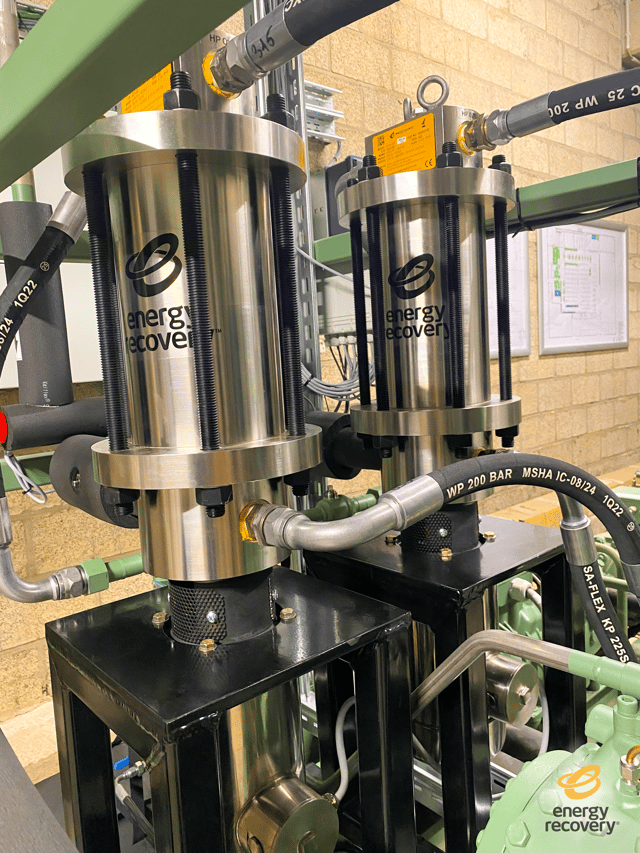Keeping Things Cool When It’s Hot
Summer always brings the threat of heat waves, adding stress to grocery and retail refrigeration systems. At the same time, when temperatures rise, that’s when these systems are needed the most, as consumers count on refrigerated and frozen items all year long. This intersection of climate stress and need points to a clear vulnerability to the cold chain. That vulnerability, as the years pass and the climate warms, is increasingly becoming a global issue.
Global temperatures are rising, leading to more frequent and severe heat waves in areas that have rarely experienced such conditions and are frankly unprepared for such events. Take Vancouver, British Columbia, for example. In July 2022, a heat wave brought record-high temperatures of 110⁰F (43⁰C), and several grocery store chains had to close their stores for days at a time because their refrigeration systems couldn’t handle the heat. It’s unclear how much revenue was lost, but with public data from a large chain like Kroger, the average potential loss of revenue per day for a closed store is as much as $30,000.
[Read more: "The ROI of Supermarket Sustainability"]
That’s not to mention the lost and wasted products resulting from a total refrigeration system failure. The reality is, when we talk about the cold chain, it’s often referred to in the context of transport and distribution, but with these rising temperatures, a vulnerable spot in the cold chain can be found right in the refrigerator and freezer aisles.
Identifying the Issue
To find the solution, we should first understand the problem. These commercial and industrial refrigeration systems are designed with a certain temperature threshold, and when their environment goes above that threshold, it causes stress and sometimes system failure. Of course, it’s possible to overdesign the system for the high-end temperature extreme, but that usually means more compressors and a more capital-intensive, costly operation. Also, there’s the clear challenge that what’s “extreme” is a moving target in a warming world.
In addition to finding a solution to address rising temperatures, the industry is facing stricter environmental regulations related to greenhouse-gas emissions.
CO2 refrigeration is becoming more popular, especially in Europe, because it eliminates the use of hydrofluorocarbons (HFCs) and has a global warming potential (GWP) of only 1. The most pressing issue of CO2 refrigeration, however, is that it can use a great deal of energy when it’s hot.
The good news: There are technologies that help grocers achieve their environmental goals without breaking the bank, while future-proofing their refrigeration operation as temperatures continue to climb.
Shoring Up the System
Specific to CO2 refrigeration, there are energy-saving technologies available, but many come with their own set of costs or other drawbacks. One of the most promising technology solutions, whether for a new system or a retrofit, is that of pressure exchangers to help the system run more efficiently, thereby lowering operating costs. Pressure exchangers capture and redistribute energy throughout the system to save energy, lower costs, and reduce waste and emissions, ultimately allowing the system to run more efficiently. Pressure exchangers can also prevent the need for additional components in the system, potentially lowering a grocer’s capital costs.
At Vallarta Supermarkets, a California-based supermarket chain, Store Development Manager Sandie Nunez said: “We’re always looking for cost-saving opportunities. We believe [pressure exchangers] will help reduce the electricity bill that the current system is generating.”
Raising Performance at Higher Temperatures
The question remains, however: Does an efficient system remain efficient when it’s hot outside? When looking at results from a grocery store with such a system in northern Italy, the answer is a resounding yes.
To invest in a more efficient system, the chain integrated a pressure exchanger into its system. The system saw efficiency improvements of 25%-30% at temperatures of 35°C -40°C (95°F -104°F), compared with a standard CO2 booster system.
This is significant because CO2 refrigeration systems typically lose efficiency as temperatures rise. The pressure exchangers work by transferring energy from high pressure to low pressure, providing both expansion and compression, and taking the load off compressors. This allows for increased efficiency and performance at a wider range of temperatures.
Securing the Cold Chain
As weather grows more volatile, retailers must consider ways to make their systems reliable and sustainable. A future-proofed CO2 operation equipped with pressure exchangers delivers on both accounts, allowing a retailer to keep its refrigeration system running smoothly and its doors open when the mercury climbs.






